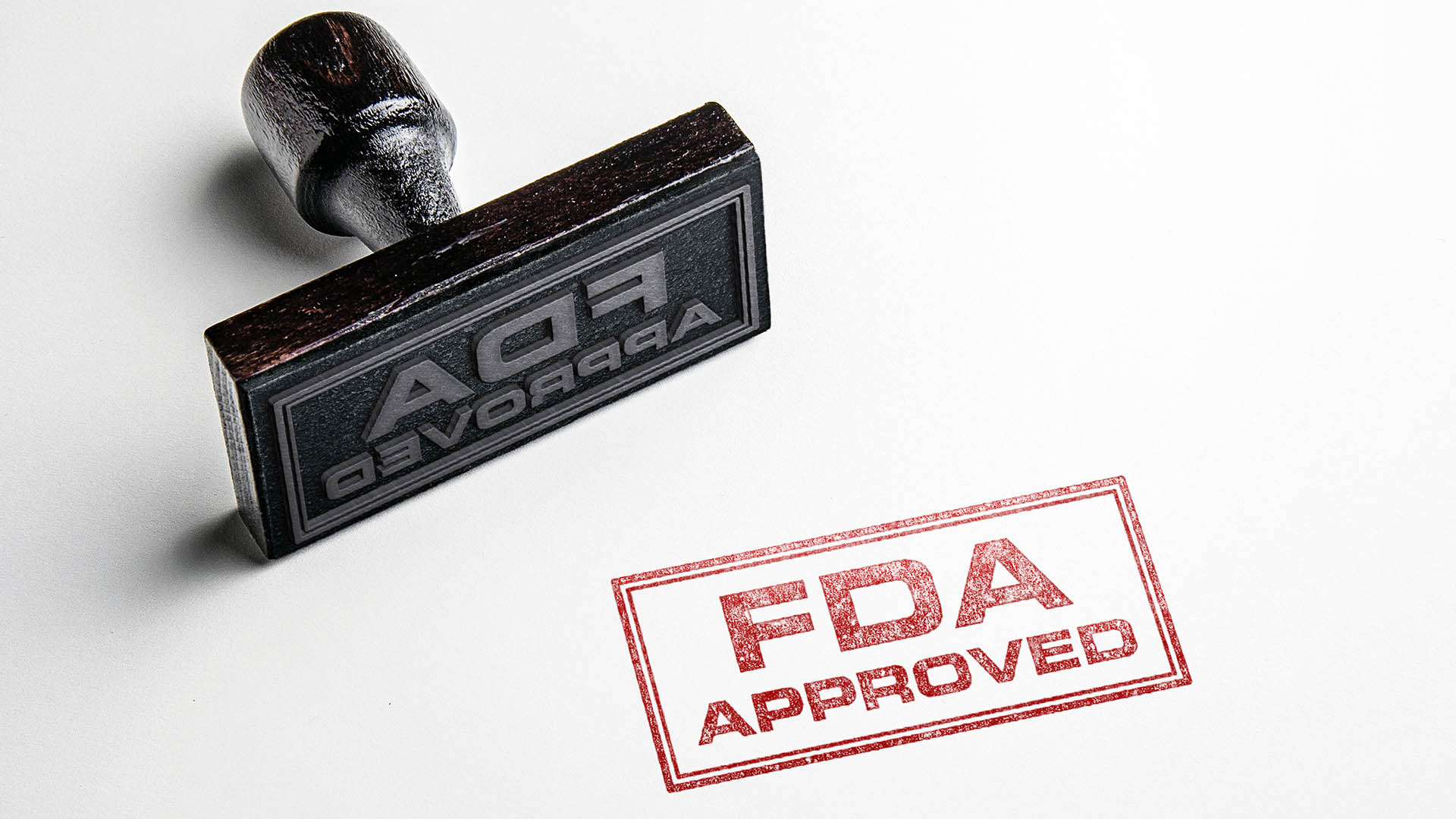The market ignored the breathlessly reported admonition that Rio Tinto (RIO) might “have to lift its game” in coming months of this year if it is to hit its annual iron ore production targets after output from its huge Pilbara mines Western Australia was softer than expected in the June quarter and half year.
Other media reports said that Rio had ‘fallen short’ of market expectations – as if this was some sort of crime.
The injunction from the Financial Times for Rio to ‘lift its game’ was amusing in view of investors who only marked the shares down 0.3% to $49.97 as the wider market eased, ending an eight day winning streak.
Rio lifted iron ore production from the Pilbara mines by 8% from the June quarter of 2015 to 80.9 million tonnes, but that missed the 83.3 million tonne figure analysts were looking for (no discussion or mention of why analysts had become so optimistic).
When its Canadian iron ore business is included, Rio shipped a total of 82.2 million tonnes in the June quarter.
Rio said Pilbara iron ore sales achieved a run rate of close to 330 million tonnes per annum, which it said was in line with annual guidance. In the first quarter, Rio was forced to cut its 2017 production target to between 330 million tonnes and 340 million tonnes because of delays with the rollout of its AutoHaul driverless train system.
The original forecast was 350 million tonnes this year, edging up to 360 million tonnes in the next few years (no definite timeline was given). Rio said its Pilbara operations produced 160.8 million tonnes (Rio Tinto’s share was 131.3 million tonnes) in the first half of 2016, 10% higher than the same period of 2015.
"Second quarter production of 80.9 million tonnes (Rio Tinto share 66.3 million tonnes) was eight per cent higher than the second quarter of 2015 and was one per cent above the first quarter of 2016. This performance reflects minimal weather impacts as well as the successful implementation of operational improvements and the ramp up of expanded and new mines across the Pilbara,” Rio told the ASX.
First half sales of 158.9 million tonnes (Rio Tinto share 129.8 million tonnes) were 8% higher than the same period of 2015 with “strong rail performance and no major weather events in contrast to last year”, Rio said yesterday.
Quarterly sales of 82.2 million tonnes (Rio Tinto share 67.3 million tonnes) were 6% higher than the second quarter last year.
Rio said it achieved an average price of $US48.40 per dry tonne of iron ore in the first six months of the year. Spot prices recovered from multi-year lows in December and rose to more than $US70 a tonne by late April. They ended the June quarter around $US55 a tonne.
Iron ore was around $US56.86 a tonne yesterday. The benchmark price for the bulk commodity averaged $US52.16 per tonne during the six months to June 30.
Rio said its bauxite production saw the largest year-on-year increase, up 13% from a year earlier to 12.1 million tonnes, with aluminium production next best, rising 11% from a year ago to 911,000 tonnes.
Rio said mined copper was in line with the first half of 2015 as strong performances at both Rio Tinto Kennecott and Oyu Tolgoi as well as a contribution from Grasberg, offset a weaker performance from Escondida. Mined copper output for the half year rose 1% to 282,300 tonnes, and 5% in the second quarter to 141,000 tonnes.
Hard coking coal production for the half year fell 8% to 3.78 million tonnes and 14% to 1.798 million tonnes for the June quarter. Soft coking and thermal coal output for the half year was steady on 10.72 million tonnes, and up 2% in the June quarter to 5.2 million tonnes.













